What is hMPV, and should you be concerned?
Could That Nagging Cough Be Something More? Let’s Talk About hMPV
Ever had one of those colds that just won’t quit? You wake up with a cough, a fever that lingers, and a feeling like you just ran a marathon—without moving from your bed. You assume it’s the flu or a seasonal bug. But what if it’s something else?
Lately, doctors have been calling human metapneumovirus (hMPV) a "mystery virus" because it often flies under the radar, mistaken for the flu or a common cold. Despite its ability to cause widespread infections, hMPV is rarely talked about—until now.
If you’re wondering what hMPV is, how it spreads, and how it affects your body, you’re in the right place. Let’s break it all down.

So, what is hMPV?
Human metapneumovirus (hMPV) is a sneaky little virus that affects people of all ages. But if you fall into one of these groups, you’ll want to pay extra attention:
-
Young children
-
The elderly
-
Anyone with a weakened immune system
First identified in 2001, hMPV has likely been around for decades. It belongs to the same virus family as RSV (respiratory syncytial virus) and can cause anything from a mild cold to serious lung infections.
In India, cases often go undiagnosed due to limited testing, making it an overlooked health concern.
How does hMPV spread?
Just like any other pesky respiratory virus, hMPV gets around easily. Here’s how it spreads:
-
Through the air: When someone coughs or sneezes, tiny infected droplets become airborne.
-
Direct contact: Shaking hands, sharing utensils, or touching contaminated objects can pass it along.
-
On surfaces: The virus can survive for hours on things like doorknobs, phones, and countertops.
Crowded places like public transport, offices, and schools make it easier for hMPV to spread—especially in densely populated countries like India.
What are the symptoms of hMPV?
The symptoms of hMPV often mimic the flu or a common cold, making it tricky to diagnose without lab tests. Here’s what to look out for:

Most people recover within a week or two, but in vulnerable individuals, it can escalate to pneumonia or bronchitis.
🚨 Important: In India, where pollution-related coughs are common, many people might mistake hMPV symptoms for smog-related respiratory issues.
How does hMPV affect the body?
Once inside the body, hMPV primarily attacks the respiratory tract, starting from the nose and throat before moving deeper into the lungs. Here’s what happens:
- The virus binds to airway cells, triggering inflammation.
- This leads to mucus buildup, causing congestion and persistent coughing.
- In severe cases, hMPV affects the bronchioles and alveoli, making breathing difficult.
- The immune system fights back, releasing signaling proteins like cytokines, which fight the virus but also cause fever, fatigue, and body aches.
For high-risk groups, hMPV can cause complications like bronchitis or pneumonia, sometimes requiring hospitalization.
Why is hMPV making headlines now?
hMPV has been around for years, but recent outbreaks have caught attention, particularly in the UK and US. While cases in India are underreported, the virus likely circulates here more than we realize—especially in crowded urban centers.
Unlike others, there’s no routine testing for hMPV, so most infections go unnoticed.
How common is hMPV?
Globally, hMPV is responsible for about 5–10% of respiratory illnesses each year. There’s not a lot of India-specific data yet, but given how easily respiratory viruses spread—especially in crowded cities like Delhi and Mumbai—it’s likely more common than we realize.
Interestingly, India’s preference for home remedies like turmeric milk, tulsi tea, and ginger concoctions might help keep symptoms manageable.
How to protect yourself from hMPV?
While there’s no vaccine for hMPV yet, you can follow these steps to lower your risk:
- Wash your hands frequently
- Wear masks in crowded places
- Sanitize surfaces like phones, tables, and doorknobs
- Strengthen your immunity with a nutrient-rich diet alongside supplements.
- Seek medical advice if symptoms persist
Fact: Nutraceuticals like astaxanthin support immune function and might help in viral defense.
FAQs
-
Is hMPV more dangerous than COVID-19?
Not at all. hMPV is generally mild and more comparable to the flu. -
Can hMPV be prevented?
While there’s no vaccine yet, hygiene and immunity-boosting measures work well. -
How is hMPV treated?
Most cases are treated with supportive care like rest, hydration, and over-the-counter medication for symptoms. -
Why isn’t hMPV widely tested in India?
Mild cases don’t require testing, and the healthcare focus remains on more severe respiratory illnesses. -
Can you get hMPV more than once?
Yes! Immunity fades over time, so reinfection is possible.
A Final Word on hMPV
Respiratory viruses like hMPV aren’t going anywhere, but staying informed can make all the difference. While it’s not currently a major concern in India, being aware and taking simple precautions can help keep you and your loved ones safe.
At the end of the day, good hygiene, timely medical care, and strong immunity are your best shields against hMPV and other seasonal viruses. So, stay safe, stay informed, and keep that ginger tea brewing!
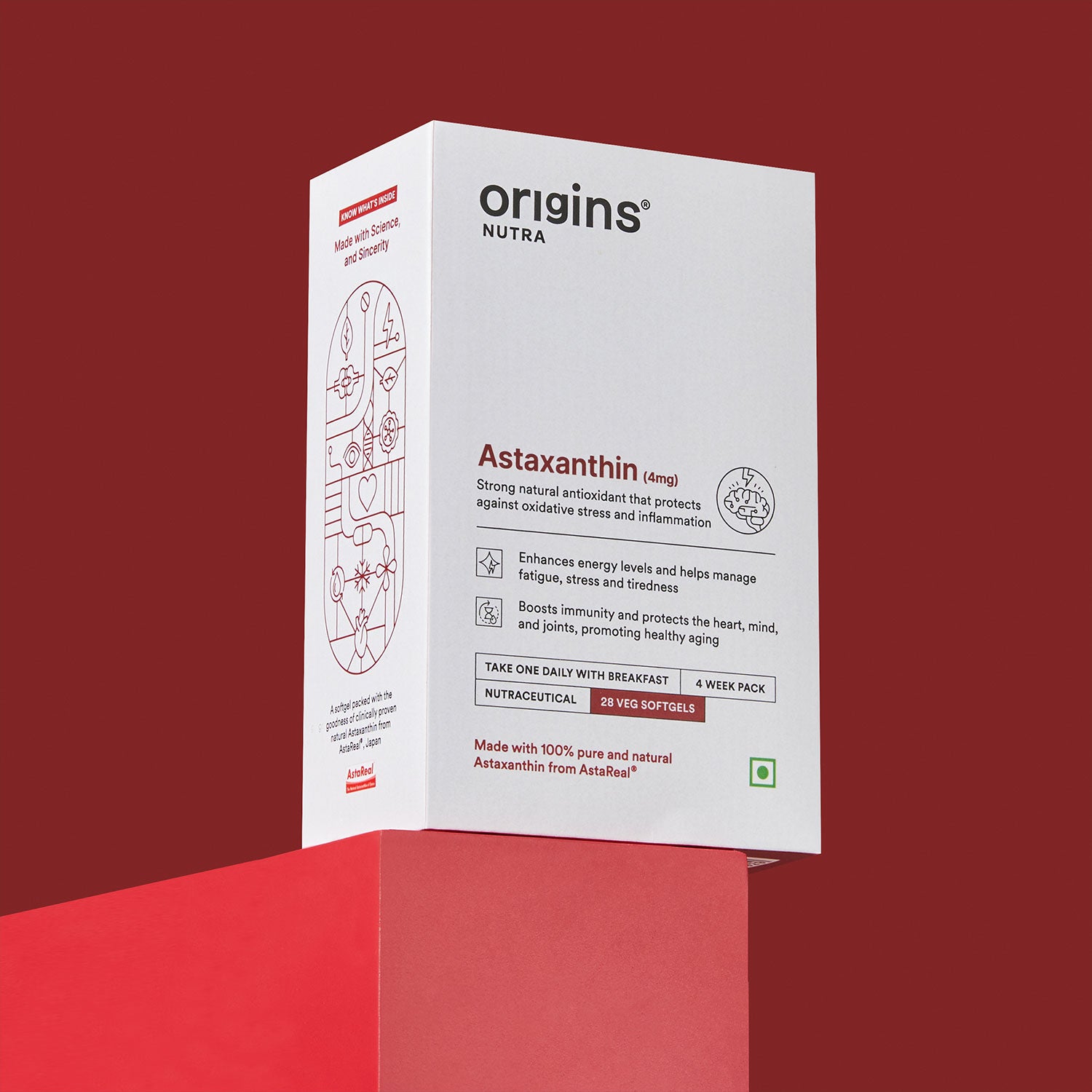

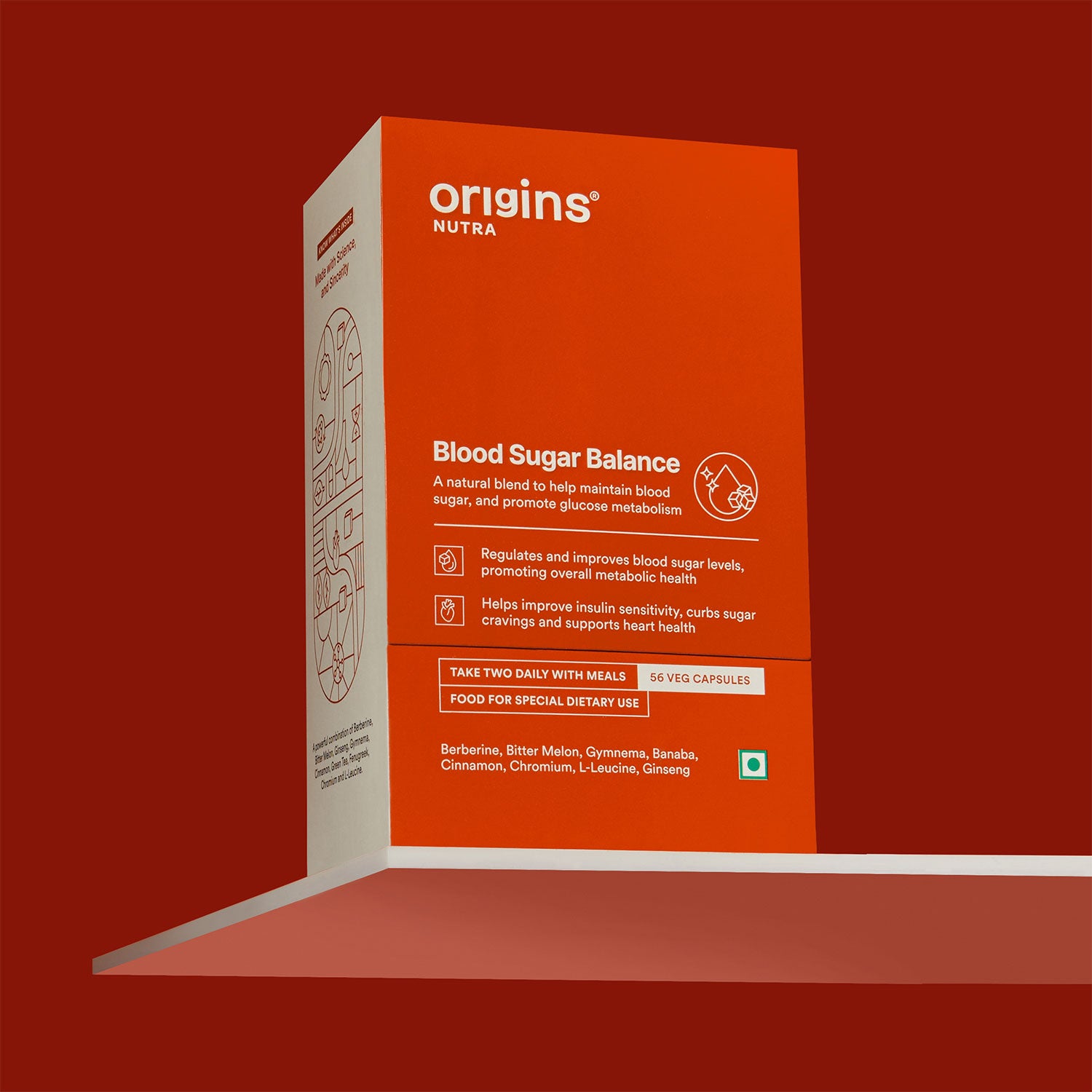

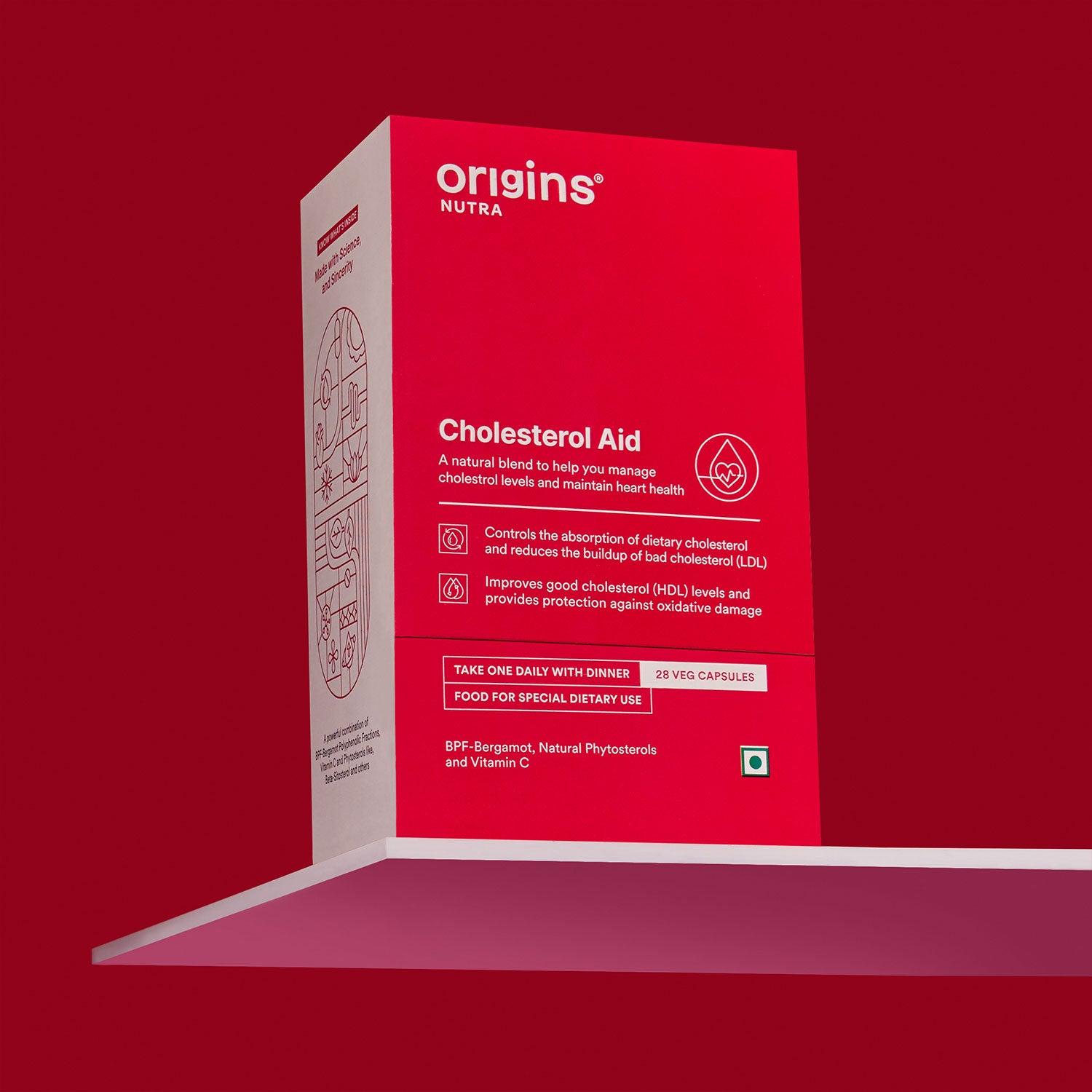



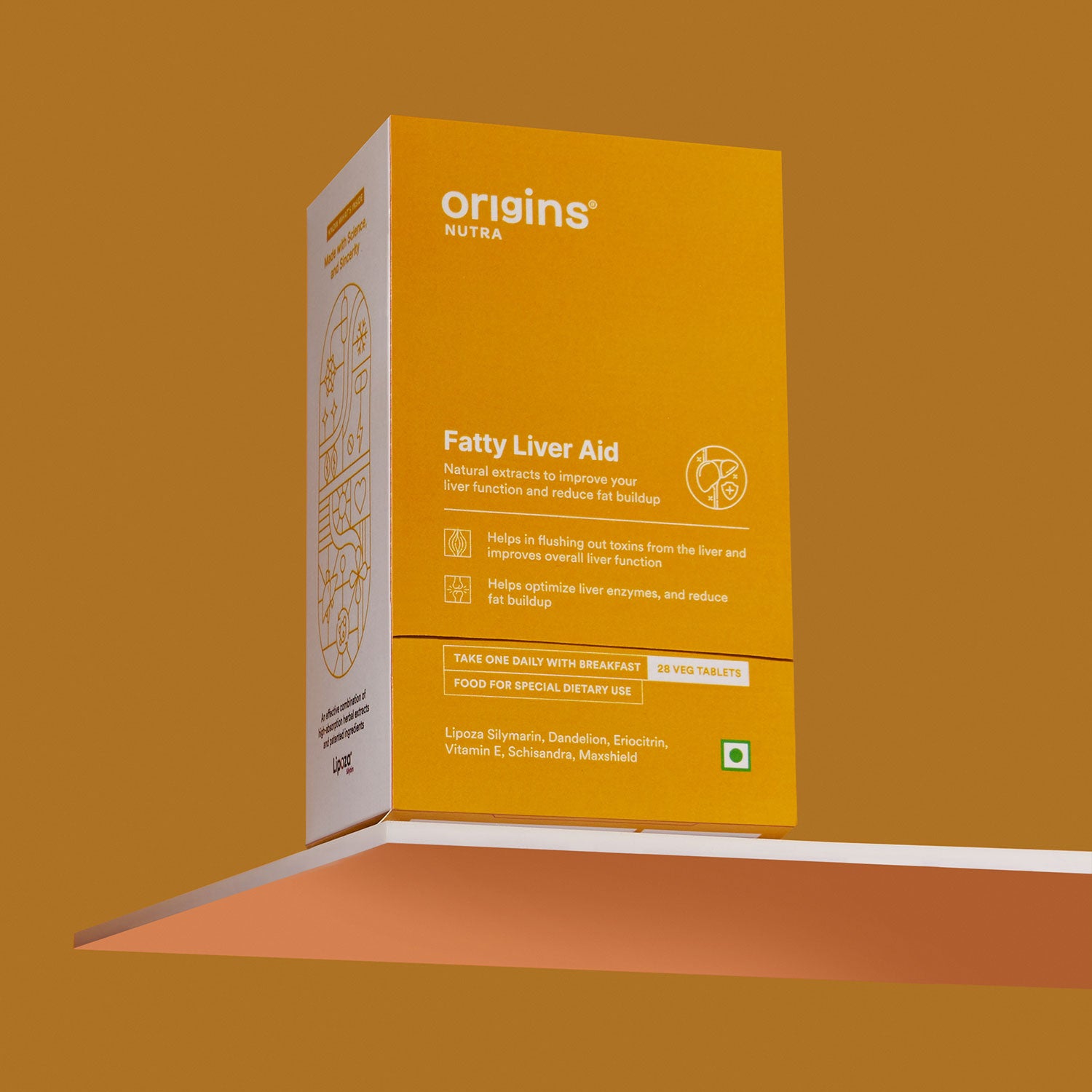

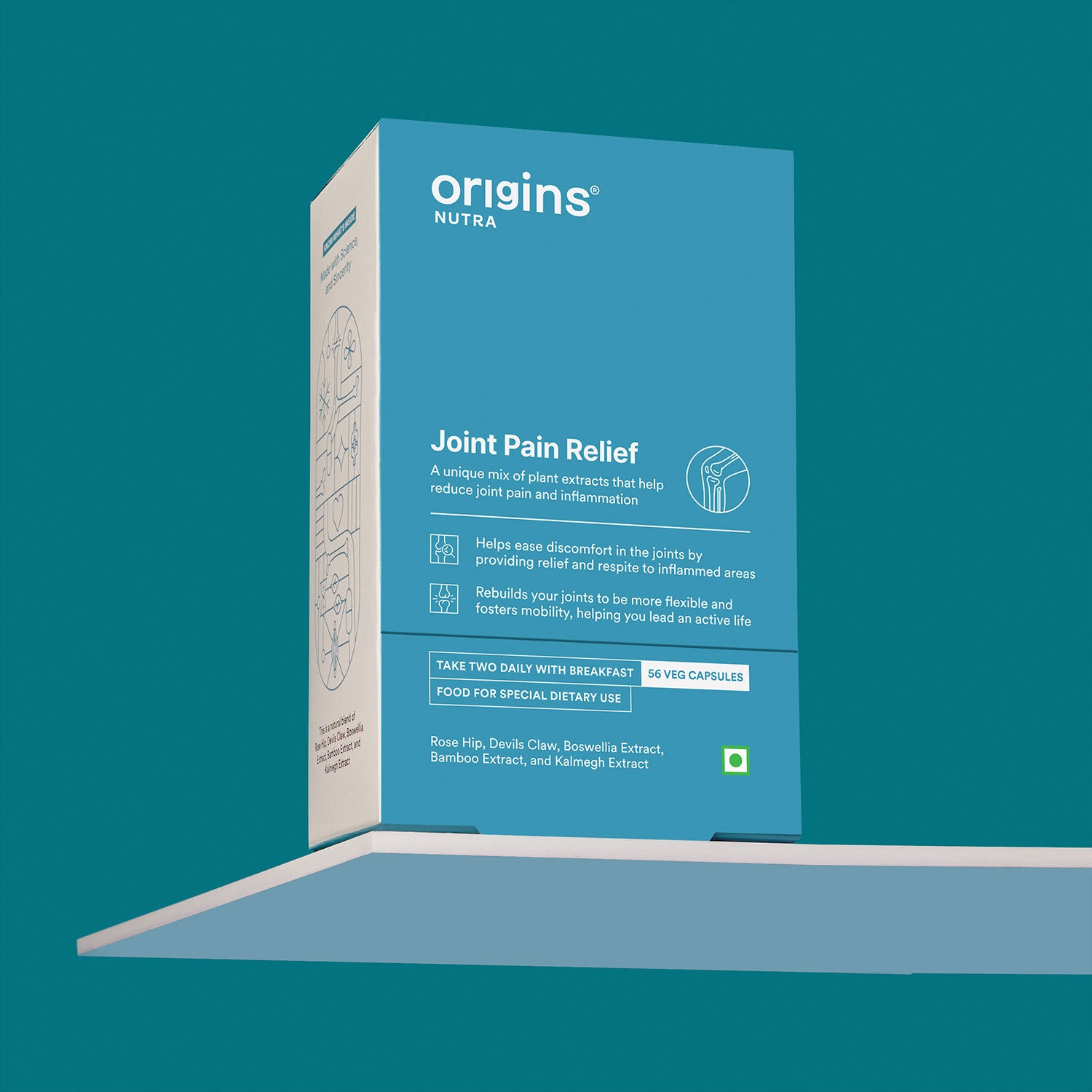
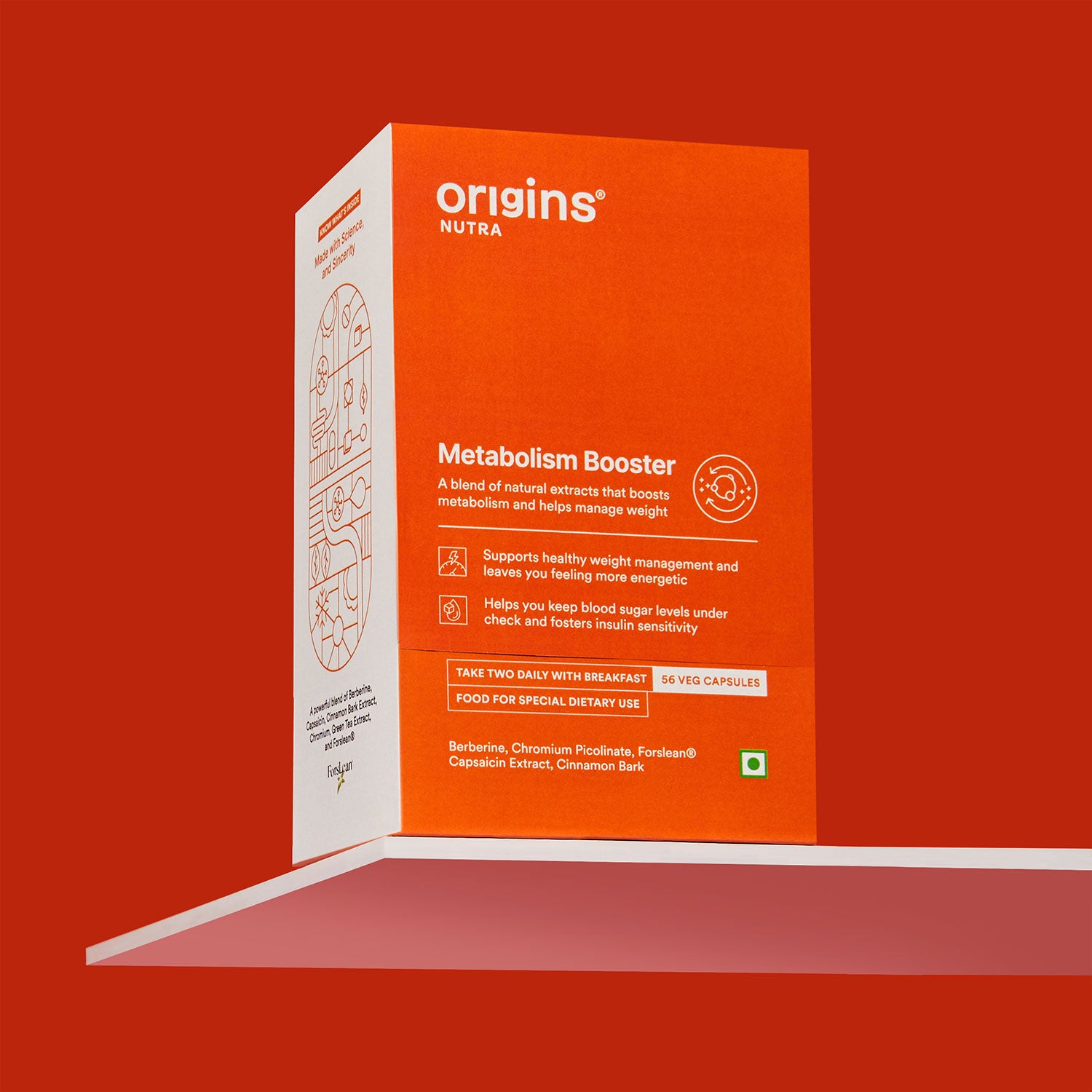


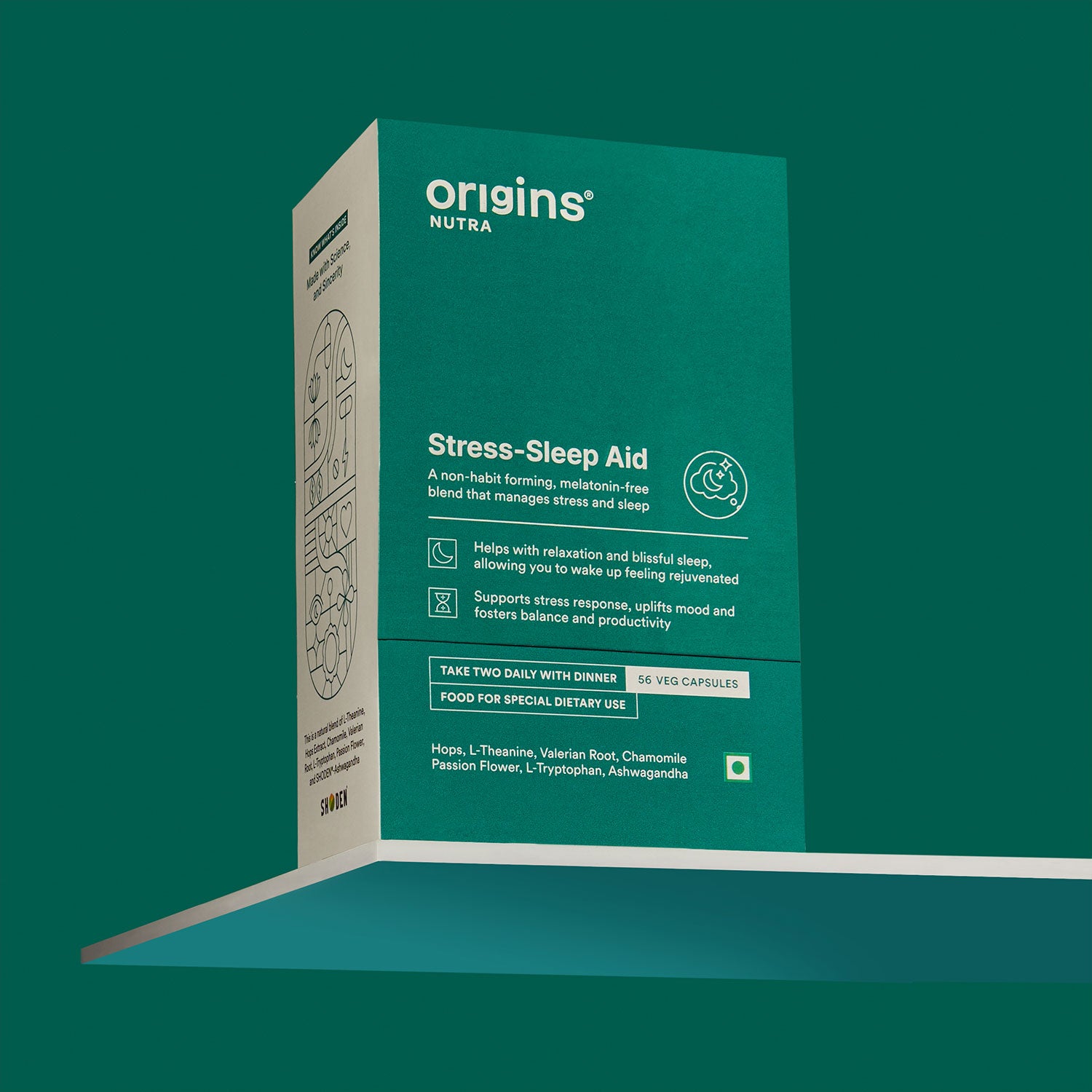







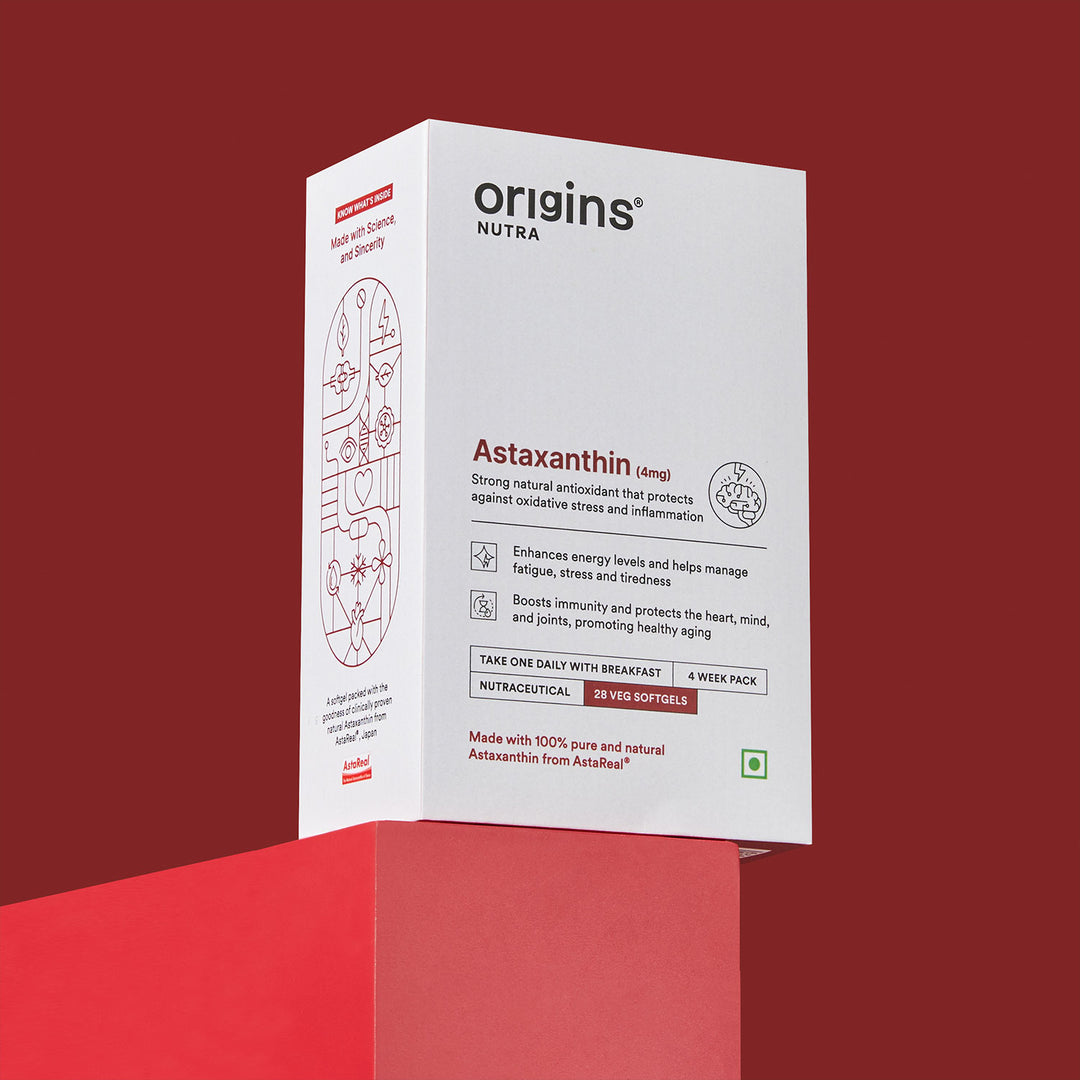


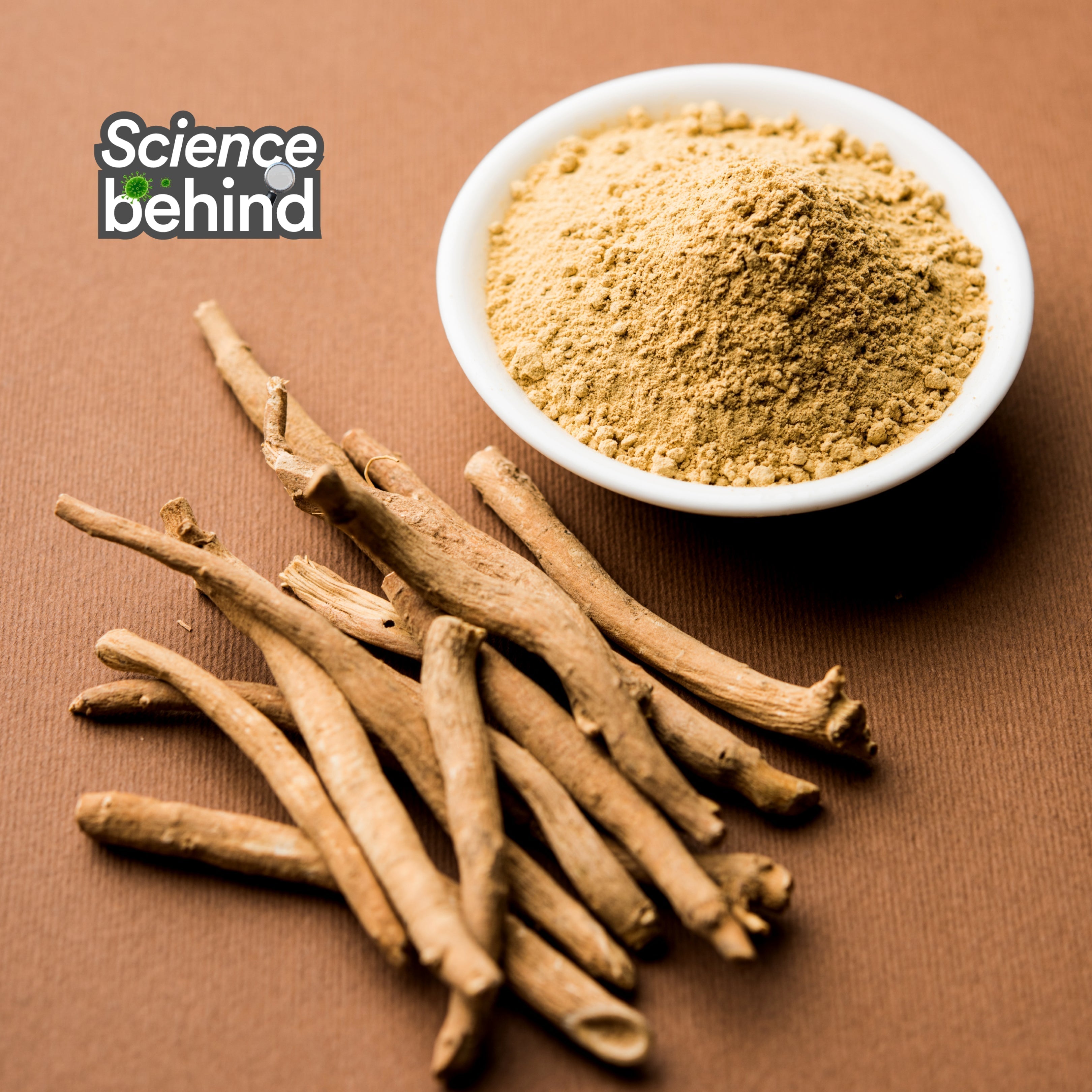







Leave a comment